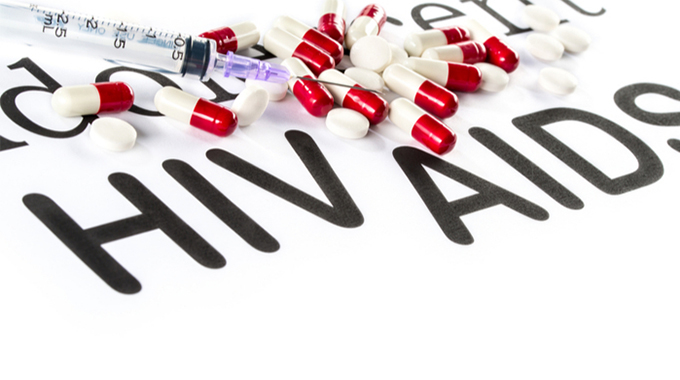Zimbabwe making strides in HIV prevention among adolescent girls

Thandeka Moyo-Ndlovu, [email protected]
ZIMBABWE has been named one of the few African countries primed to meet global targets on reducing new HIV infections in adolescent girls and young women (AGYW) by 2025.
The Global HIV Prevention Coalition (GPC) said in its latest report that despite concerns that the group accounts for a majority of new infections, the increased coverage of combination prevention programmes, alongside other interventions, has made it possible for Zimbabwe to achieve such milestones.
The country is amongst high HIV burden countries alongside Cameroon, Lesotho and Malawi but the report noted that there has been a decline in the spread of HIV in adolescents.
HIV incidence is highest in females aged 15-29 and among the same, the incidence among females is six times higher than their male counterparts.
Zimbabwe has made great strides in HIV prevention, resulting in a decline in estimated HIV prevalence rates from 25 percent in 2002 to around 11, 58 percent in 2021.“HIV incidence among adolescent girls and young women remains exceptionally high in parts of eastern and southern Africa, and in specific areas in western and central Africa,” reads the report. “But some GPC focus countries with high HIV burdens have achieved major reductions ( less than 70 percent) in new HIV infections in that priority population (Cameroon, Lesotho, Malawi and Zimbabwe) and are within reach of achieving an 88 percent reduction by 2025. The reductions in new HIV infections among adolescent girls and young women in a few countries (e.g. Botswana, Cameroon, Côte d’Ivoire, Eswatini and Ethiopia) equaled or exceeded reductions among their male peers.”
ARV-based prevention and changes in sexual behaviour were some of the reasons Africa witnessed a reduction in HIV incidence in AGYW aged between 15 and 24.
“Substantially, fewer adolescent girls and young women (aged 15-24) are acquiring HIV in the GPC focus countries in sub-Saharan Africa.
“The greatest progress has been in Botswana, Cameroon, Eswatini, Kenya, Lesotho, Malawi, Rwanda, the United Republic of Tanzania and
Zimbabwe, where new HIV infections among adolescent girls and young women decreased by at least 65 percent between 2010 and 2022,” read the report.
“These trends are due primarily to increasing coverage of combination prevention programmes, with antiretroviral-based prevention playing a major role alongside targeted primary prevention programmes.
Changes in sexual behaviour may also have contributed, particularly during earlier stages of the epidemic.”










Comments